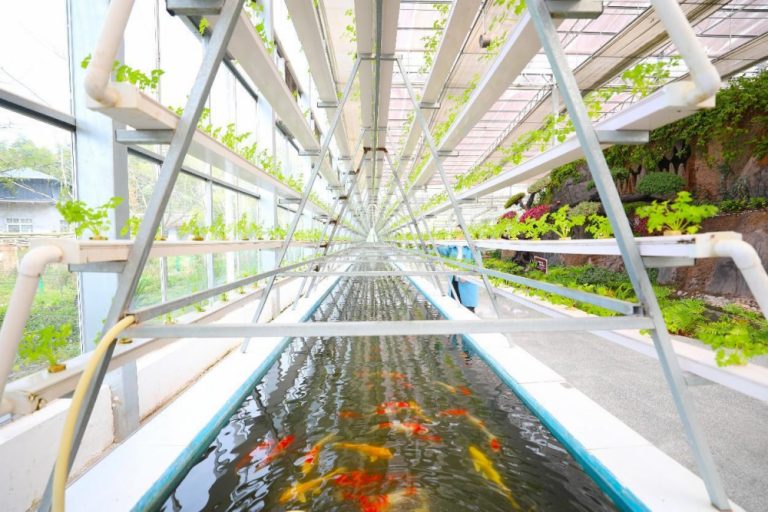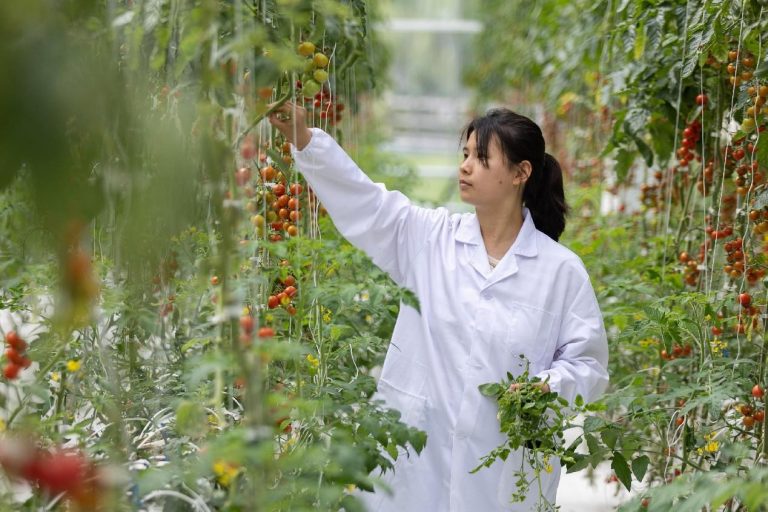
By Dou Hanyang, People’s Daily
Relying on its advantages in digitalization, Zhejiang province in east China has been vigorously developing future farms, promoting the progress of intelligent agriculture, and injecting new impetus into the modernization of agriculture and rural areas.
In the Nanxun district of the province’s Huzhou, fully-equipped demonstration parks have been built for fruit farmers, which provide planting functions, including production demonstration, skill training, and product exhibition.
In Ninghai County of Ningbo, Zhejiang, the living environment of aquatic animals in fish farms can be optimized through effective data monitoring and intelligent technologies back every breeding process.
In silk farms of Shengzhou, Shaoxing of Zhejiang province, silkworms don’t feed on mulberry leaves but a unique type of fodder that enables them to spin cocoons.
Future farms systematically optimize agriculture’s agricultural production management, operation model, and distribution system with technological and institutional innovation. They are varied with different features in the farming, animal husbandry, and fishery sectors.
Compared with traditional agricultural production, future farms rely on technology and bring out the full potential for the development of modern agriculture. They have higher requirements for mechanization, digitalization, and inte-lligentization.
For instance, by employing artificial intelligence, the Internet of Things, and biotechnologies, a ranch in Zhejiang’s Haiyan county has achieved unattended operation, targeted feeding, and intelligent environmental control.

Future farms are partial renovation of production and management technologies and comprehensive optimization of agricultural production models. Supported by digital technologies, such farms has distinctive advantages of intensive management of agricultural factors, intelligent and eco-friendly production, efficient management, and diverse functions.
Future farms emphasize smoothing supply chains to reshape the agricultural industry and production models. They could be held by enterprises, villages, or townships, with production and management models according to actual demands, which helps gather more social resources and thus achieve concentrated development.
In the Nanxun district, a future farm was jointly built by a specialized company and major local growers. The company offers the grower one-stop services, including plowing, planting, management, harvesting, storage, milling, and sales. It also provides the latter with cheaper agricultural machinery services than the market. It purchases its crops at a price 10 percent higher than the minimum level of the country.
As a result, the growers have seen their income increase by 200 yuan ($27.99) per mu (666.7 square meters), increasing the village’s collective income by 376,000 yuan.
This new model, which combines villages, agriculture companies, and farmers, has optimized land resources, equipment, technologies, human resources, and other production factors. Incorporating more farmers into the industrial chain aims at win-win cooperation and helps achieve the shared prosperity of farmers.
Future farms, by optimizing the organization of production, promote agricultural upgrading and offers new governance experiences for the development of the industry.
The regulation on animal epidemic prevention issued by Zhejiang province has absorbed the relevant experiences gained while constructing future farms, including animal immunization, quarantine, and harmless treatment.
This helps improve the digital management of animal epidemic prevention and sets an excellent example for other regions in developing intelligent agriculture.
Over recent years, China has deeply integrated the Internet of Things, big data, cloud platforms, and other new technologies with agricultural development. Exploring future farms has opened up new prospects for innovative agricultural development.
Accelerating the application of big data in agriculture and employing digital technologies in every link of agricultural development will promote the progress of smart agriculture, injecting new impetus into farmers’ income, rural revitalization, and the modernization of agriculture and rural areas.










